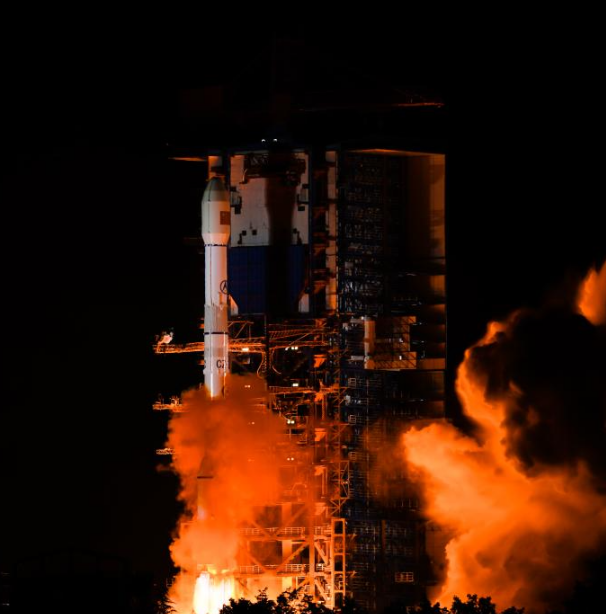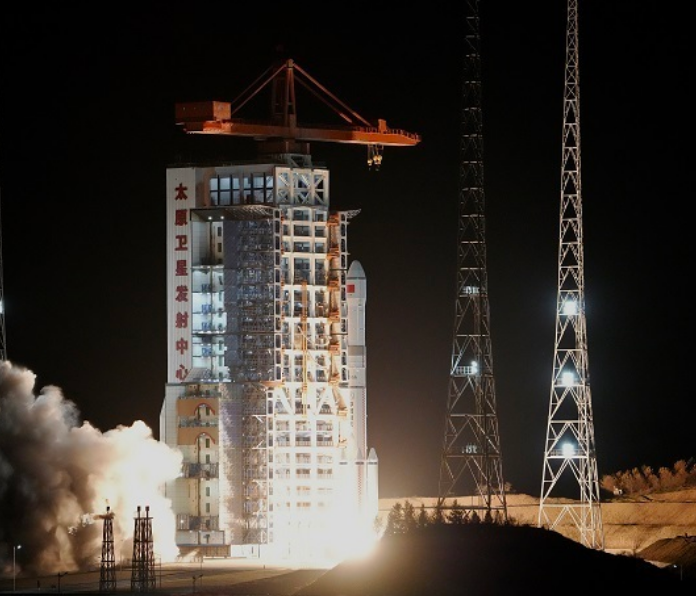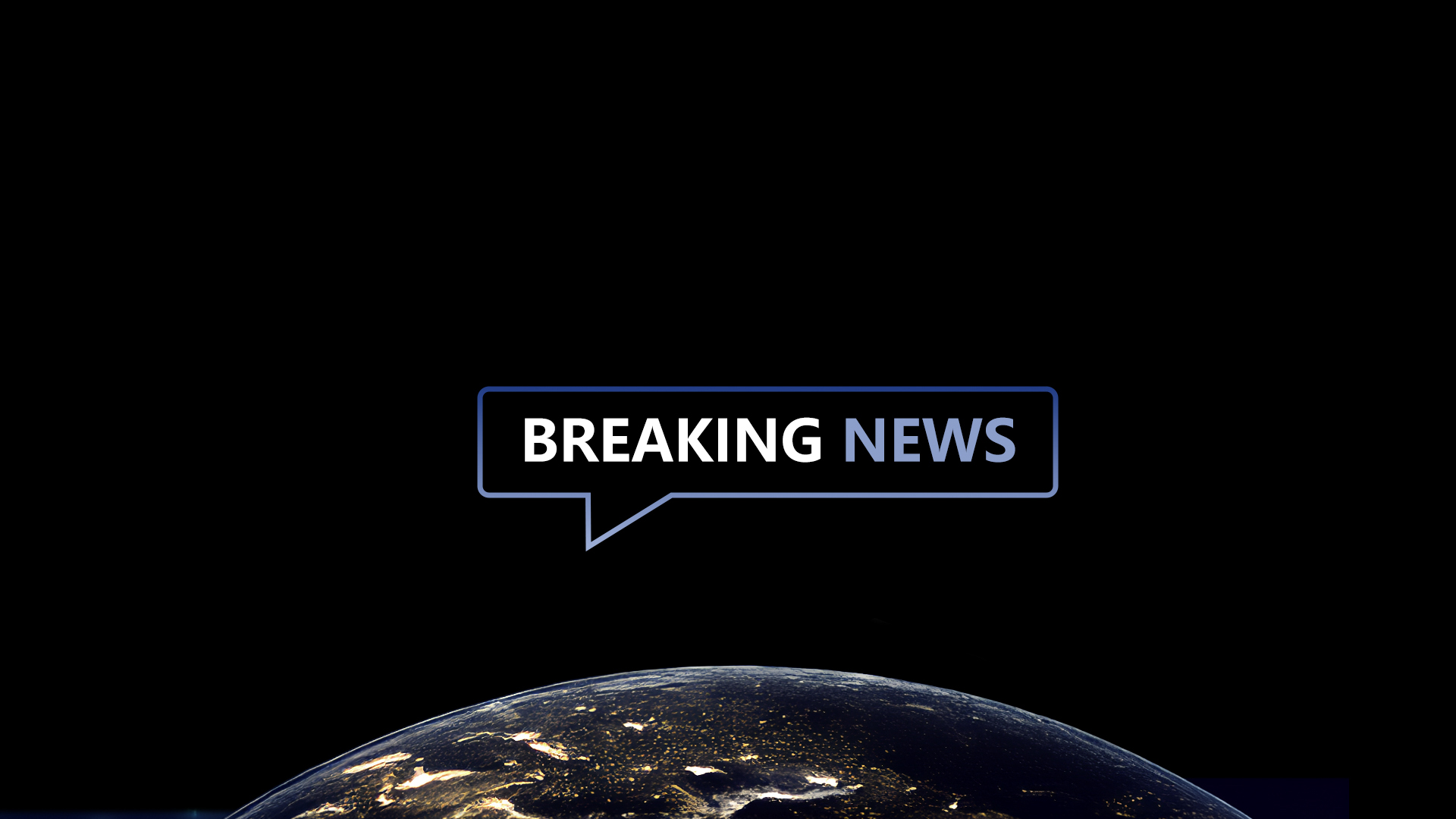03
2024-10
The risk of satellite collisions is overstated – but that doesn't mean we shouldn't care
At present, there are about 10,000 spacecraft encircling the Earth at altitudes of up to 2,000 kilometres. That isn’t very many, given the size of the Earth’s orbit, but the number is increasing all the time. Concerns have been raised that these satellites could collide. And – due to the Kessler effect – if they do, then the debris might collide with other debris, prompting a chain reaction that puts all satellites at serious risk.
How concerned should we be?
Not very. As I’ve already mentioned, the sheer vastness of Low Earth Orbit (LEO) makes collisions unlikely. ‘10,000’ sounds like a lot. But it isn’t in the context of the Earth’s orbit. The Earth’s circumference is about 40,075 kilometres. LEO wraps around this at altitudes of up to 2,000 kilometres. Even within a specific altitude range in LEO, the volume of space is massive. It’s for this reason that we don’t need to worry too much. Special interests, such as companies engaged in removing space debris, would like us to think the risk is greater because it benefits their bottom line.
But the risk isn’t zero. More than 20,000 avoidance manoeuvres were made by Starlink satellites alone last year. So we do need to take some steps to keep space orderly and safe. Specifically, we need to invest in better space traffic management. Much like air traffic management, which ensures that planes fly safely and efficiently, a sophisticated space traffic management system – not unlike the United States Space Surveillance Network (SSN) but global and more developed – would allow for the secure passage of satellites through space at every level of the Earth’s orbit. The SSN at present detects, tracks, catalogues and identifies artificial objects orbiting Earth, including active and inactive satellites, spent rocket bodies, and fragmentation debris.
That last – detecting debris – is the key to preventing the Kessler effect, however unlikely, mentioned above. So is cleaning up any debris caused by a collision – or technical error. In June, Resurs P1, a defunct Russian remote sensing satellite, broke up following a ‘low-intensity explosion’, creating a cloud of hundreds of pieces of debris that were scattered through low-Earth orbit. We also need to address any existing debris, and put in place clear regulations for doing so. The United Nations Office for Outer Space Affairs (UNOOSA) has conducted research in this area and is making progress.
What we don’t want is to allow the impression that satellites are constantly about to collide to set in. Space is a vital sector. All around the world, countries are investing heavily in space and space-enabled technologies, mindful of its importance both to preserving and improving our way of life and helping us to address some of the biggest challenges we face domestically and internationally. Space-enabled technology underpins global communication and connectivity. It empowers communities in rural areas with education and healthcare. It undergirds navigation and logistics, allowing us as individuals to get from A to B efficiently and safely, while also facilitating trade and commerce across land and sea. We have 5G thanks to space technology. We have self-driving vehicles thanks to space technology. And with more launchers, more satellites, and sustained and generous investment in the space sector, we will see our quality of life improve immeasurably. (Investors will also reap a tidy profit.)
Space-enabled technology is arguably our most powerful weapon in the ongoing fight to control global warming. Not only does it give us the robust, real-time information we need to understand exactly what is being emitted where, but it enables wildfire prevention, flood response, food security and many more activities that are either directly related or adjacent to the climate crisis. Sure, there’s a small risk of satellite collisions – but the climate crisis is already making itself felt. It isn’t a risk. It’s here. That alone is a very good reason not to put too much emphasis on satellite crashes and space debris.
So let’s be sensible instead. We need road signs to drive safely. We need airports and runways and air traffic controllers to fly safely. We also need regulations and management systems for satellites to orbit the planet safely. Progress is being made, and if it keeps being made then we’ll have the guardrails we need in place to unleash entrepreneurs and companies in the space sector, and enjoy the myriad benefits that come from their work.
-
29
2025-05

Tianwen-2 Mission Launched Successfully
At 1:31 AM today, China successfully launched the Tianwen-2 planetary exploration probe from the Xichang Satellite Launch Center using the Long March-3B Y110 carrier rocket.
-
13
2025-05

Communication Technology Experiment Satellite No. 19 Successfully Launched
At 2:09 on May 13, China successfully launched the Communication Technology Experiment Satellite No. 19 from the Xichang Satellite Launch Center using a Long March 3B carrier rocket. The satellite smoothly entered its predetermined orbit, and the launch mission was a complete success.
-
12
2025-05

Remote Sensing Satellite No. 40, Group 02, Successfully Launched
On May 11 at 21:27, China successfully launched the Remote Sensing Satellite No. 40, Group 02, from the Taiyuan Satellite Launch Center using a Long March 6A carrier rocket. The satellite entered its predetermined orbit smoothly, and the launch mission was a complete success.









